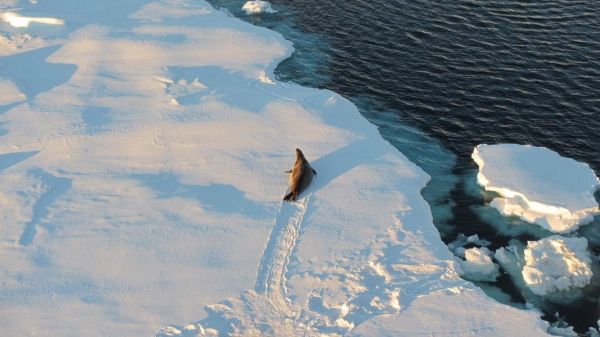UChicago scientists model how cooling atmosphere can tip climate into glacial periods.
We’ve known for years that Earth’s climate is like a giant Rube Goldberg machine: Pull one lever, and a massive chain of events starts into motion. Yet many of the steps that drive these changes have remained shrouded in uncertainty.
“One key question in the field is still what caused the Earth to periodically cycle in and out of ice ages,” said Asst. Prof. Malte Jansen, whose research at the University of Chicago seeks to discover and understand the processes that make up global climate. “We are pretty confident that the carbon balance between the atmosphere and ocean must have changed, but we don’t quite know how or why.”
In a new study, Jansen and former UChicago postdoctoral researcher Alice Marzocchi lay out how an initial change in climate could start a chain of events that leads to an ice age. Their model shows how the increase in Antarctic sea ice in a colder climate could trigger a waterfall of changes that could contribute to tipping the global climate into glacial periods.
Continue reading at University of Chicago
Image via University of Chicago


